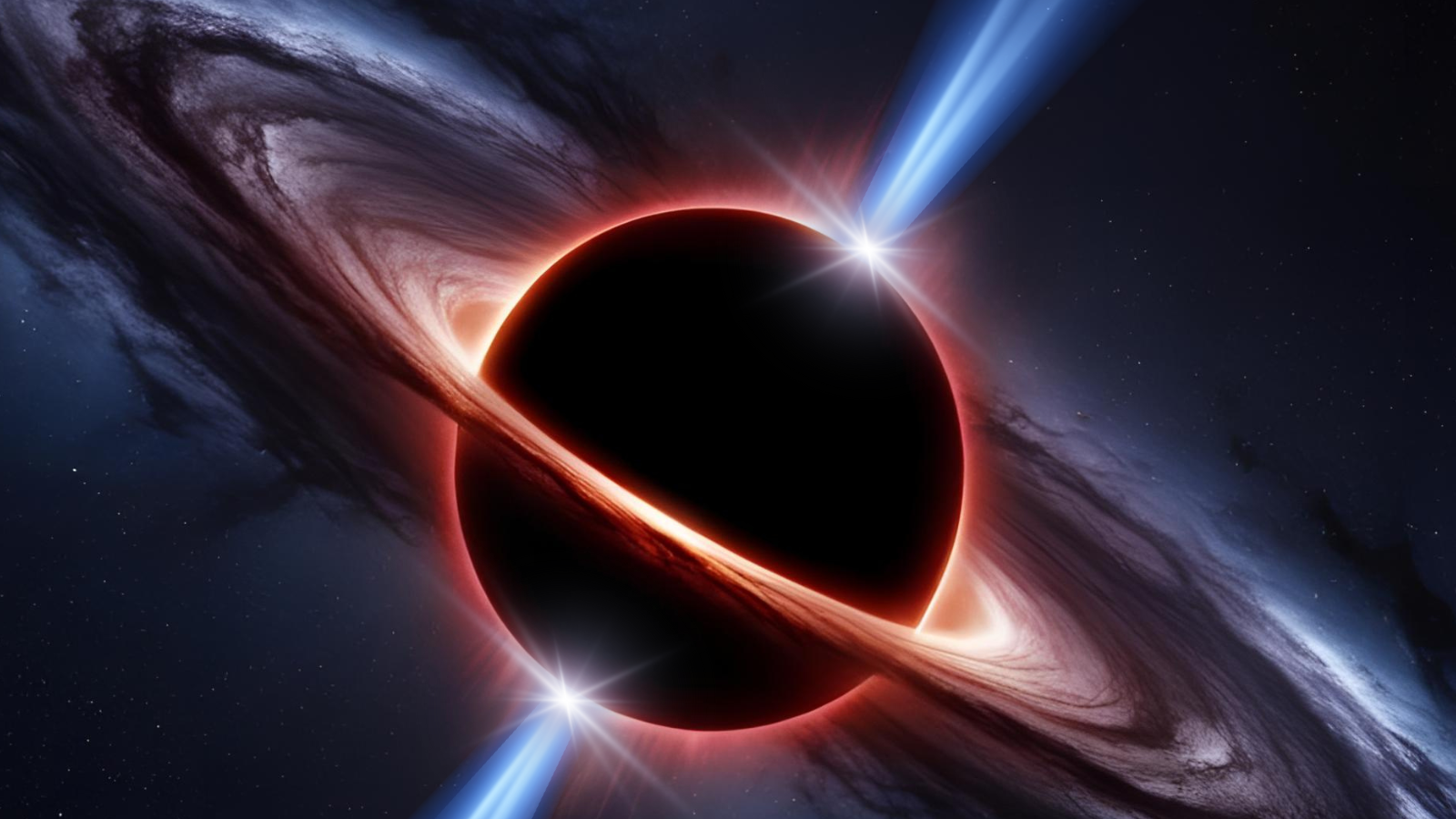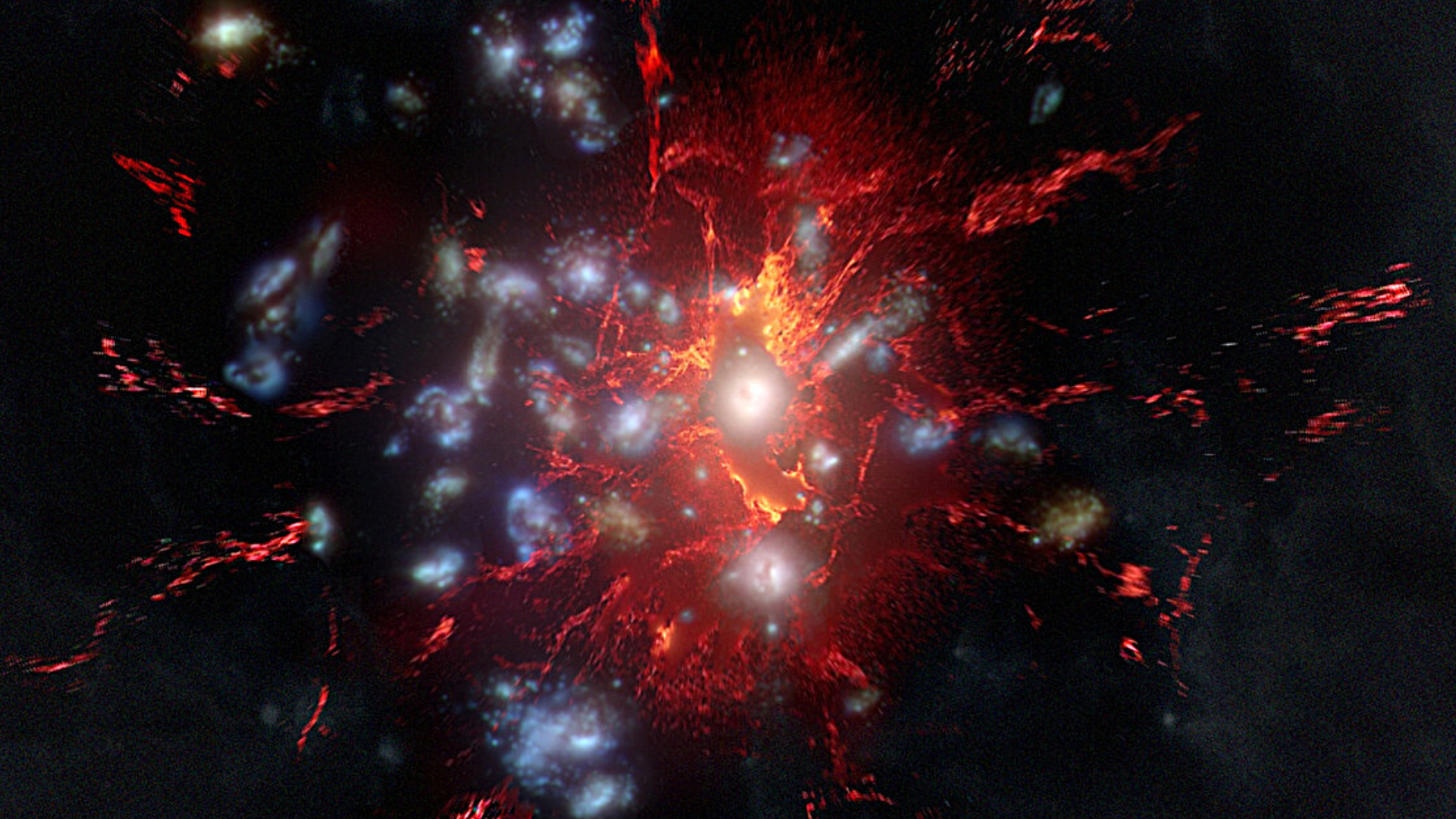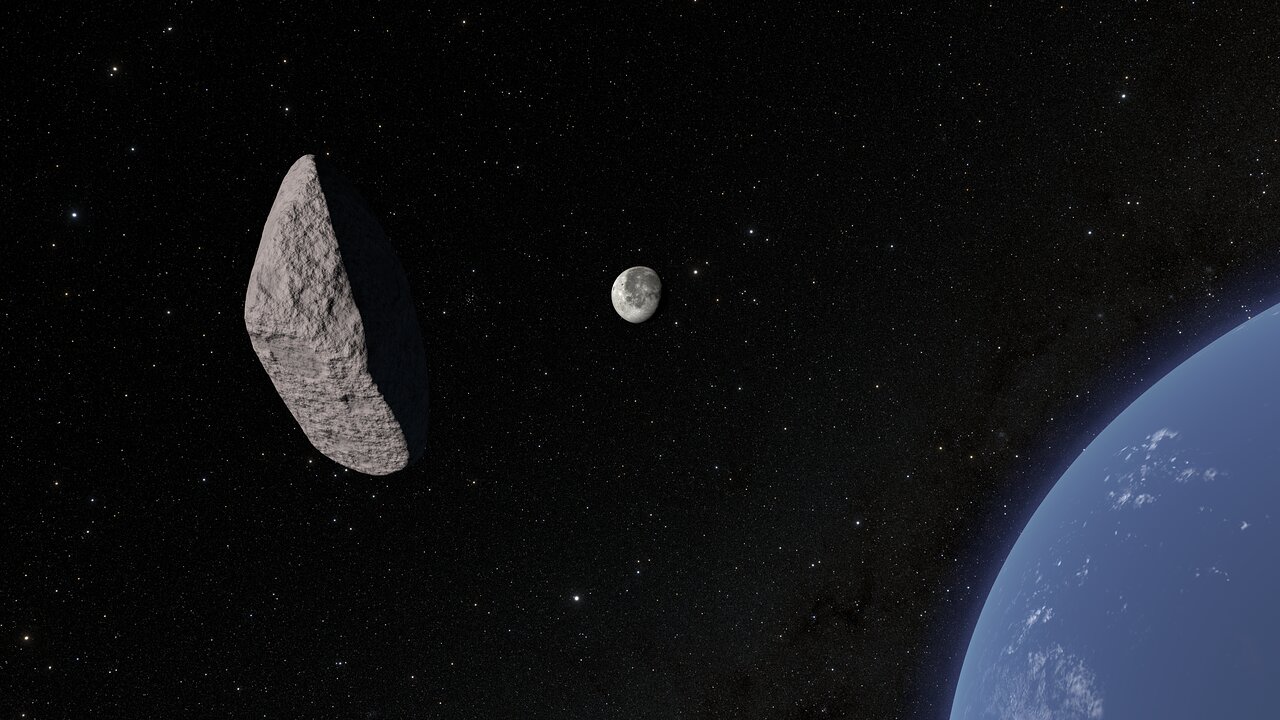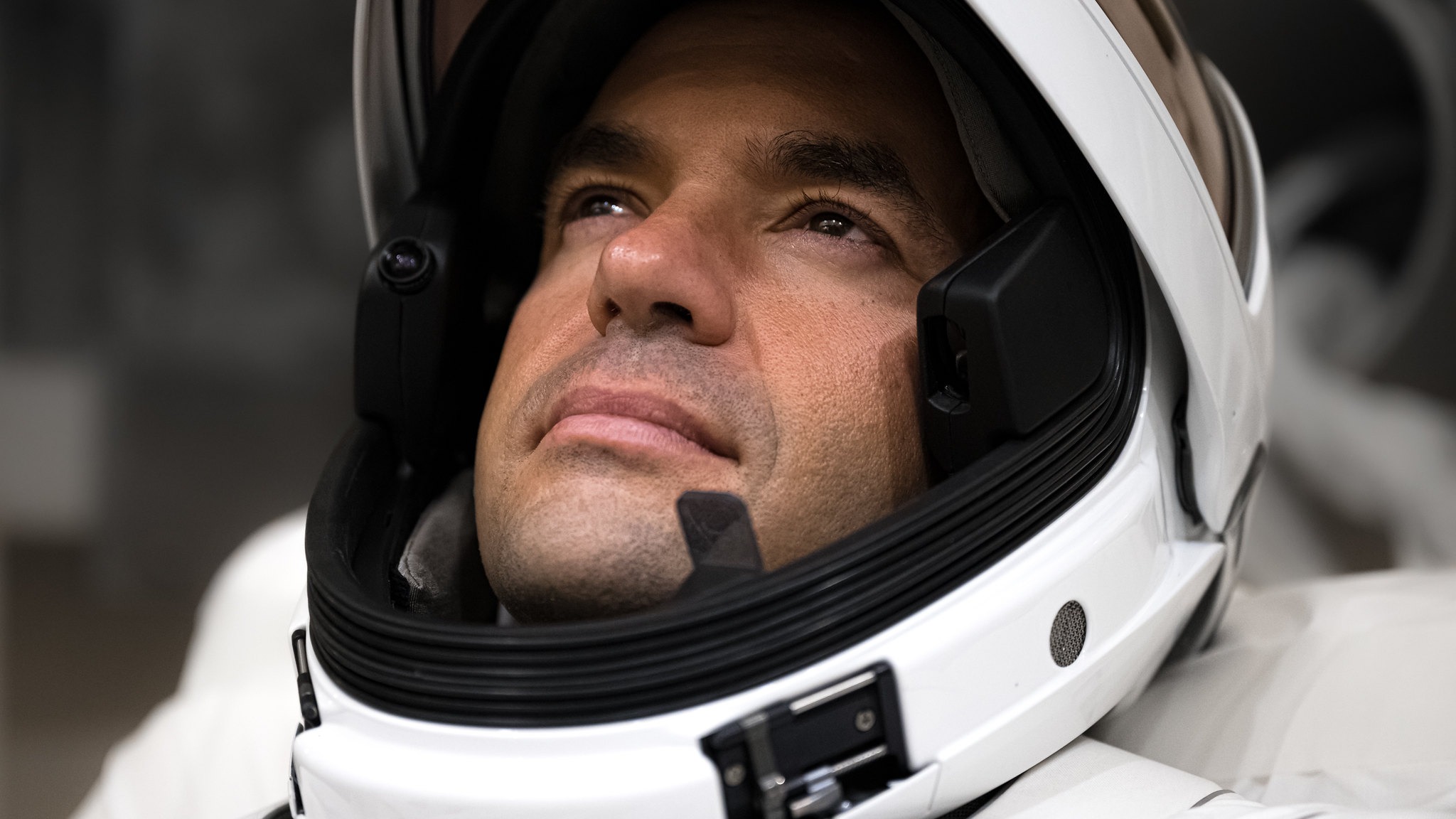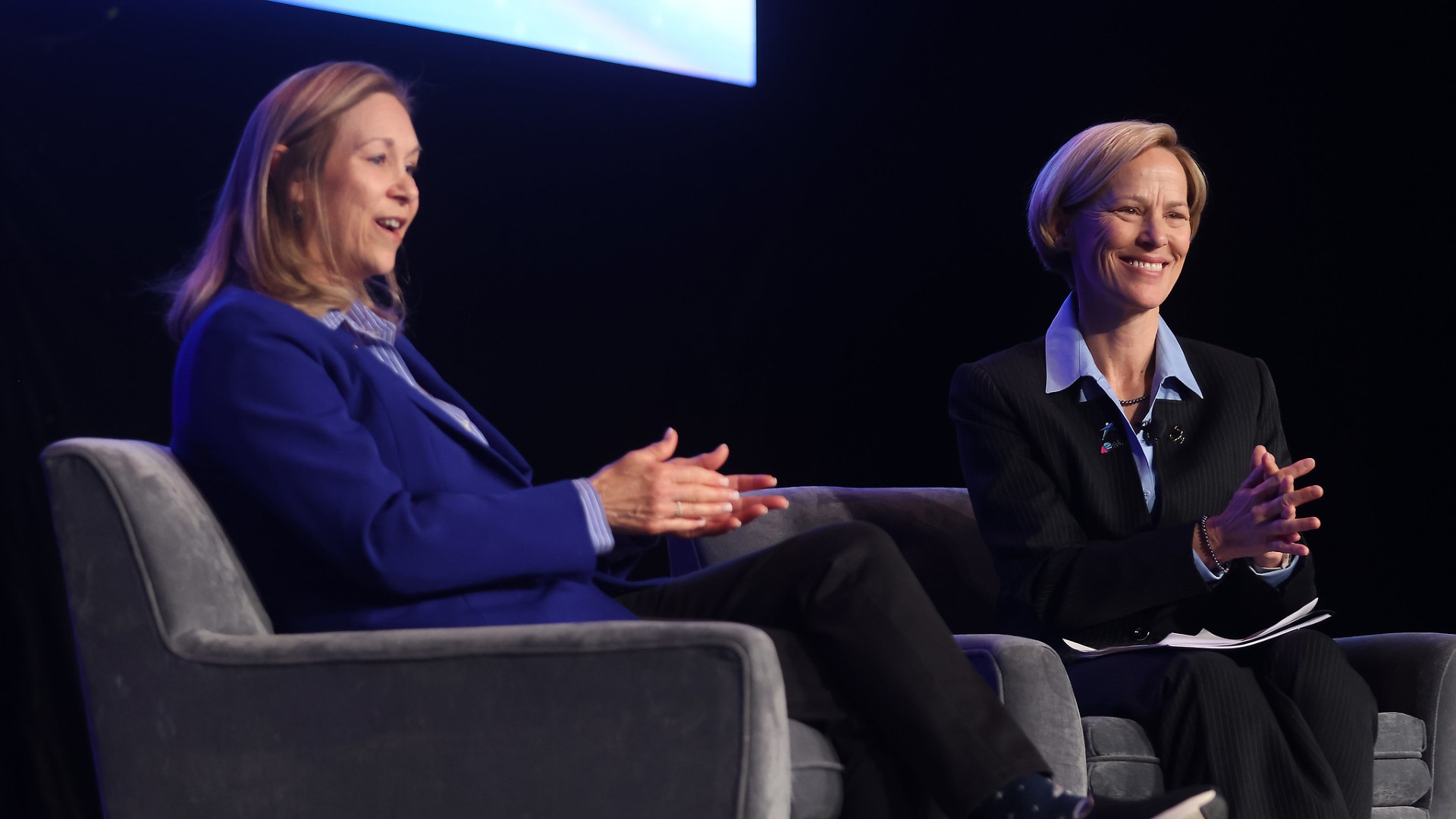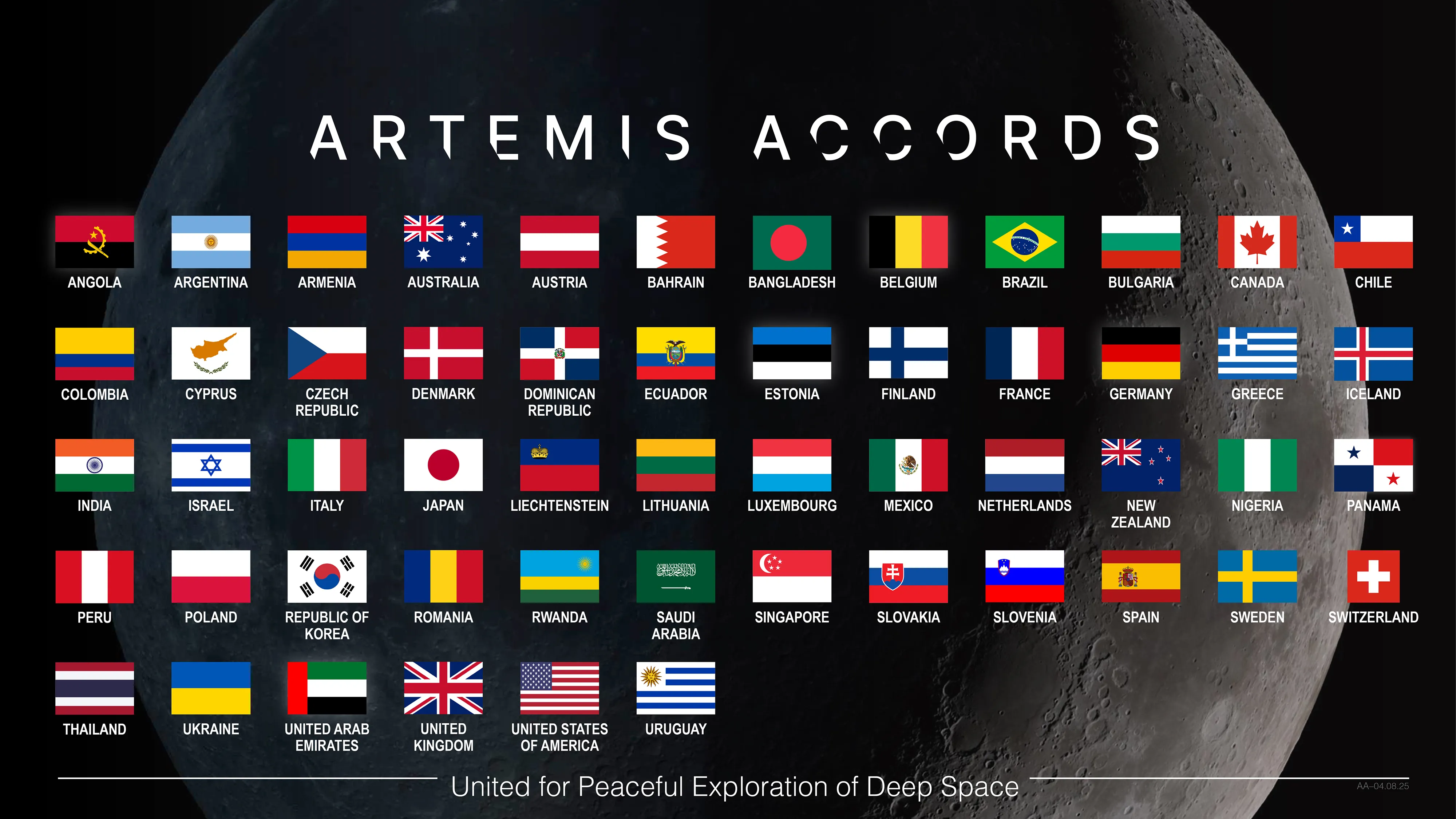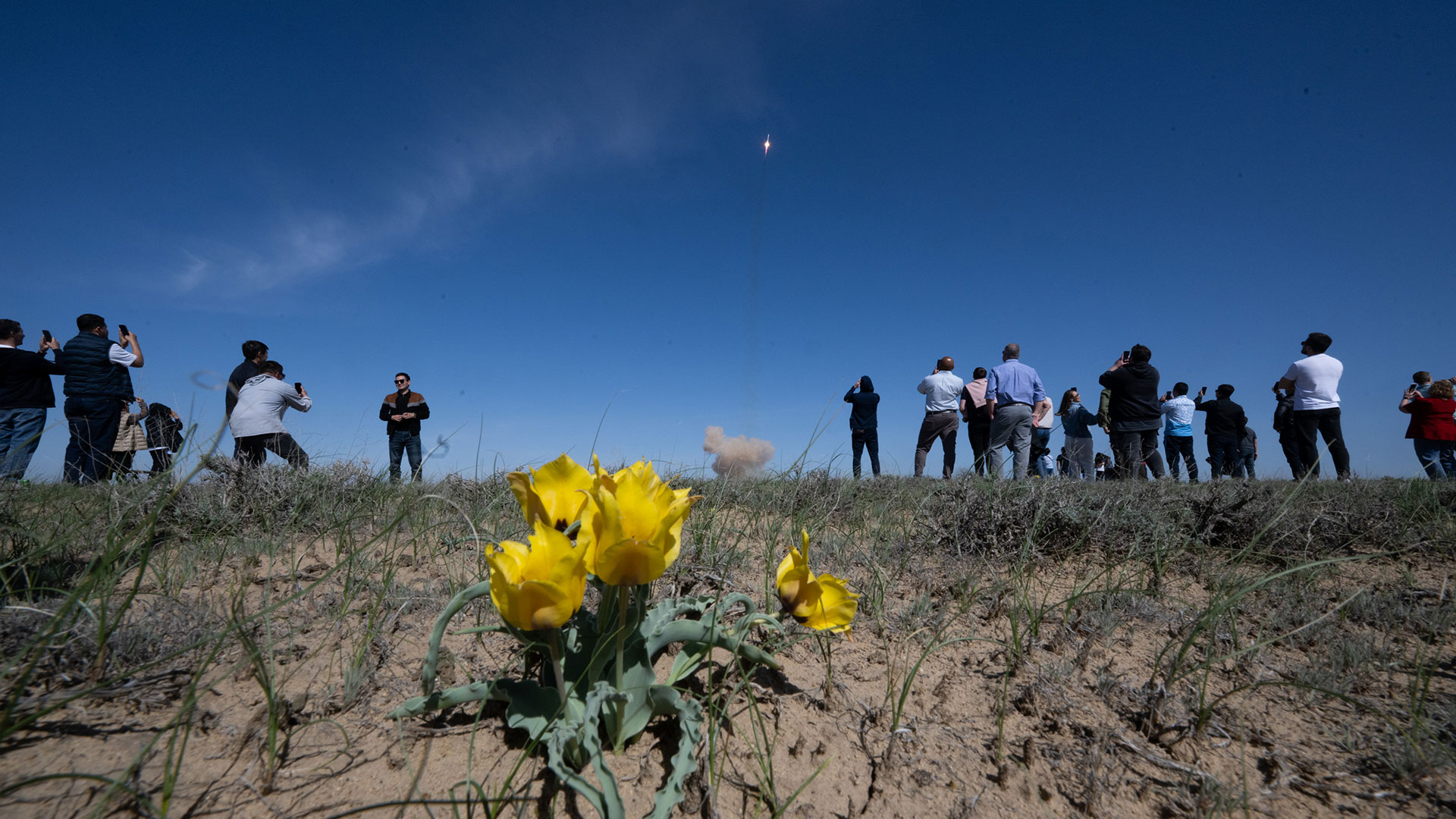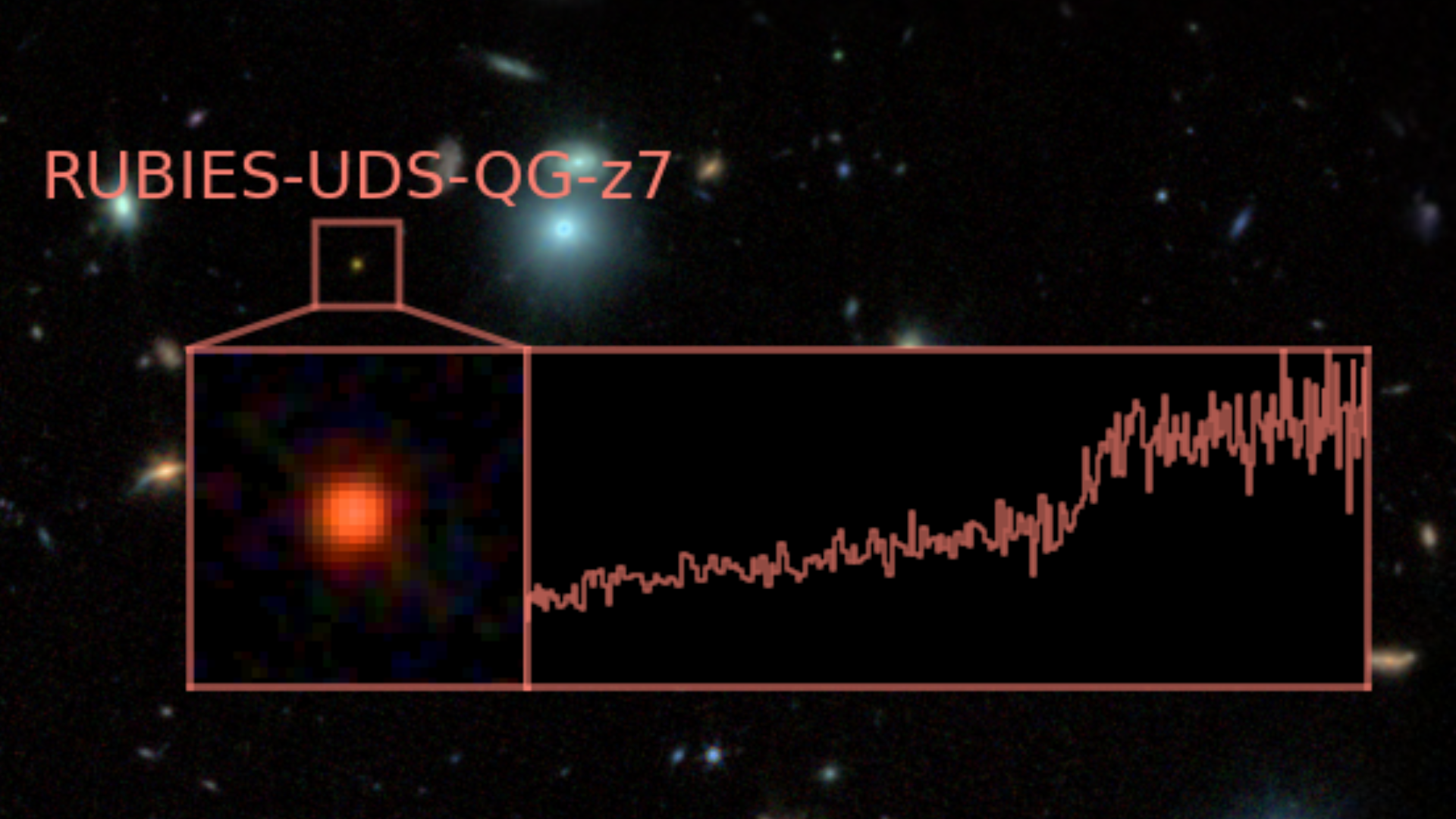How to Weigh a Black Hole
Astronomers can’t see black holes. And they definitely can't go out and grab a piece of one to measure its mass. So how do they weigh them? The traditional method is to watch a star that orbits in an unusual way, caused presumably by some invisible mass (a black hole), and then to calculate how much matter should cause the odd behavior.
But astronomers at NASA’s Goddard Space Flight Center have developed an alternative weighing technique, as detailed in recent editions of The Astrophysical Journal. Instead of using gravity, astronomers examine the spinning disk of hot gases that black holes gobble up from neighboring stars—also called the accretion disk.
Astronomers said the method may have enabled detection of two theoretical, “intermediate-mass” black holes: Ones that aren’t small (about 10 times heavier than the sun), or ones that are supermassive (millions of times the sun’s mass). Instead, they’re somewhere in the middle, at about 1,000 to 2,000 solar masses.
Difficult birth
The problem with such a “Goldilocks” black hole, said NASA astronomer and paper co-author Tod Strohmayer, is that astrophysicists aren’t certain how they can form.
“We know collapsing stars create black holes, but making one from a star a thousand times larger than our own is highly unlikely,” he said. The most massive stars in the universe, in fact, are only about 70 times our Sun’s mass.
Instead, Strohmayer and other astronomers think stars in dense clusters feed small black holes with hot gas, fattening them up into larger sizes. “Or the merging of several black holes themselves could form a bigger one,” he said.
Get the Space.com Newsletter
Breaking space news, the latest updates on rocket launches, skywatching events and more!
But the middle child of the black hole family might also be created during the formation of super-massive holes. Strohmayer said they could be “remnants of a big merger of black holes” that break off.
Quasi-proven
To find the alleged intermediate-mass black holes, Strohmayer and his team relied on X-ray-detecting satellites. X-rays pour out from hot gas falling into a black hole’s gravitational clutches.
Specifically, Strohmayer looked at the “quasi-periodic oscillations” (QPO) of the black holes—how often the X-ray signatures fluctuated. The bigger the black hole, he said, the less it fluctuates. “For supermassive black holes, for example, the QPO frequency is too long to currently measure,” he said.
Still, the technique is too young to confirm intermediate-sized black holes actually exist. Strohmayer said the next stage in the game is, quite simply, to get more data.
“We’re going to measure well-studied black holes to create a baseline,” he said. Once that’s done, he said, the weight of newly-discovered black holes may quickly be discovered by examining the QPO of their accretion disks.
- Video: All About Black Holes
- Top 10 Strangest Things in Space
- Black Hole Triplets Spotted
Join our Space Forums to keep talking space on the latest missions, night sky and more! And if you have a news tip, correction or comment, let us know at: community@space.com.
Dave Mosher is currently a public relations executive at AST SpaceMobile, which aims to bring mobile broadband internet access to the half of humanity that currently lacks it. Before joining AST SpaceMobile, he was a senior correspondent at Insider and the online director at Popular Science. He has written for several news outlets in addition to Live Science and Space.com, including: Wired.com, National Geographic News, Scientific American, Simons Foundation and Discover Magazine.
